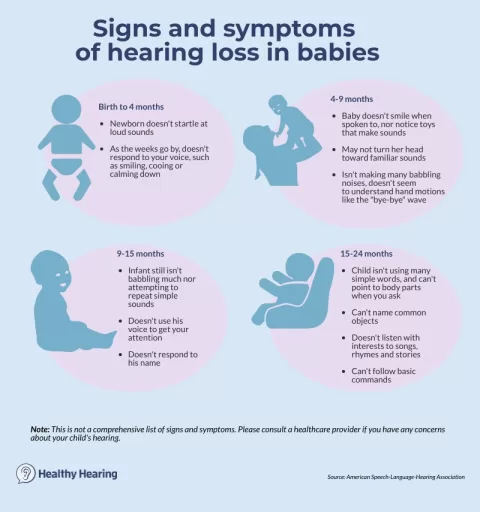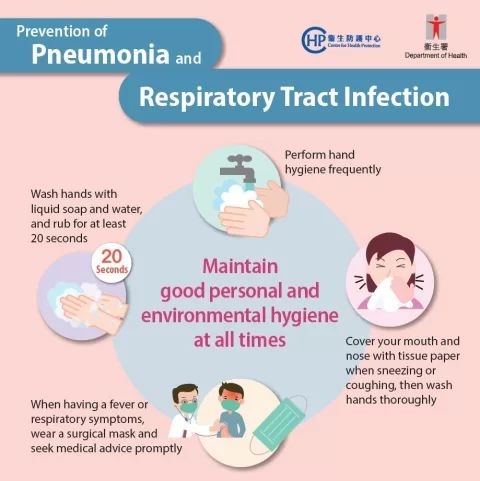Overcoming claustrophobia can feel like a daunting task, but with the right approaches, it is achievable. Individuals suffering from the fear of confined spaces often experience intense panic when faced with small areas like elevators or crowded rooms. This anxiety disorder can significantly impact daily life, making it essential to seek effective claustrophobia tips for management. Various coping strategies, including breathing exercises and gradual exposure to triggering environments, can lead to meaningful improvements in mental health. By understanding and utilizing proven mental health techniques, individuals can reclaim control over their fears and navigate the world with greater confidence.
The journey to eliminate the discomfort associated with confined environments is not just about facing fears; it’s about building resilience and self-awareness. Claustrophobia, also known as the fear of tight spaces, affects many but can be managed through thoughtful techniques and practices. Strategies such as cognitive behavioral therapy (CBT) and mindfulness exercises can provide the necessary tools for individuals seeking ways to cope with the anxiety that comes with these situations. Understanding your triggers and implementing effective mental health strategies can transform how you perceive and react to confined spaces. Ultimately, learning to face and overcome such fears can open doors to a more liberated and enjoyable life.
Key Insights into Overcoming Claustrophobia
Overcoming claustrophobia begins with a thorough understanding of the condition itself. For those grappling with the fear of confined spaces, identifying the triggers is fundamental. Claustrophobia often stems from past experiences, genetic predispositions, or even societal pressures. By delving into what specifically catalyzes these feelings, individuals can approach their phobia more effectively. This understanding not only paves the way for targeted coping strategies but also empowers individuals to acknowledge their fears without shame.
Moreover, fostering an informed mindset around claustrophobia can alleviate feelings of isolation. Many individuals share this struggle, and recognizing that the fear of confined spaces is a common psychological challenge can encourage proactive steps. Resources like support groups or online forums can provide reassurance and make the journey to overcoming claustrophobia feel less daunting. Knowledge coupled with community support amplifies the effectiveness of various coping strategies.
Frequently Asked Questions
What are the best claustrophobia tips for managing anxiety in confined spaces?
To manage anxiety related to claustrophobia, try gradual exposure to confined spaces, practice deep breathing techniques, and engage in mindfulness exercises. These claustrophobia tips help desensitize your fear gradually, allowing you to become more comfortable over time.
How can breathing techniques help with my fear of confined spaces?
Breathing techniques are effective for managing claustrophobia as they help reduce panic symptoms. Techniques like the 4-7-8 method lower your heart rate and anxiety levels, enabling you to gain control in situations that trigger your fear of confined spaces.
What coping strategies work best for overcoming claustrophobia?
Coping strategies for overcoming claustrophobia include gradual exposure therapy, Cognitive Behavioral Therapy (CBT), and visualization techniques. These strategies can help change negative thought patterns and reduce fear of confined spaces.
When should I seek professional help for my claustrophobia?
If self-help techniques such as breathing exercises and gradual exposure do not alleviate your fear of confined spaces, consider seeking professional help. A mental health professional can provide tailored treatment plans and coping strategies specific to your situation.
Are there mental health techniques that can effectively address claustrophobia?
Yes, effective mental health techniques for addressing claustrophobia include Cognitive Behavioral Therapy, mindfulness practices, and relaxation exercises. These techniques can help you manage anxiety and develop a healthier response to confined spaces.
| Key Points | Description | Tips and Strategies | |
|---|---|---|---|
| Understanding Claustrophobia | Claustrophobia is the intense fear of confined spaces, often resulting in panic in situations such as elevators and crowded rooms. | ||
| Why Understanding Matters | Recognizing that claustrophobia is a common issue can provide comfort and motivation for recovery. | ||
| Gradual Exposure | Slowly introduce yourself to confined spaces to desensitize fear. | ||
| Breathing Techniques | Use deep breathing exercises to reduce panic, such as the 4-7-8 method. | ||
| Cognitive Behavioral Therapy (CBT) | CBT helps identify and change negative thought patterns about confined spaces. | ||
| Visualization Techniques | Imagine being in a calm, open space to reduce fear of confinement. | ||
| Mindfulness and Relaxation Exercises | Engage in mindfulness practices like meditation to alleviate anxiety. | ||
| Seeking Professional Help | In severe cases, consult a mental health professional for comprehensive treatment plans and support. | ||
Summary
Overcoming claustrophobia is a vital journey for many individuals suffering from this intense fear of confined spaces. It involves understanding the root causes of the phobia and employing various strategies such as gradual exposure, breathing techniques, and cognitive behavioral therapy. These methods, alongside visualization and mindfulness practices, serve to build confidence in facing feared situations. For those struggling more severely, seeking professional help can provide necessary support and personalized treatment plans. By embracing these effective strategies, individuals can significantly reduce their claustrophobia and lead more fulfilling lives.
The content provided on this blog (e.g., symptom descriptions, health tips, or general advice) is for informational purposes only and is not a substitute for professional medical advice, diagnosis, or treatment. Always seek the guidance of your physician or other qualified healthcare provider with any questions you may have regarding a medical condition. Never disregard professional medical advice or delay seeking it because of something you have read on this website. If you believe you may have a medical emergency, call your doctor or emergency services immediately. Reliance on any information provided by this blog is solely at your own risk.







